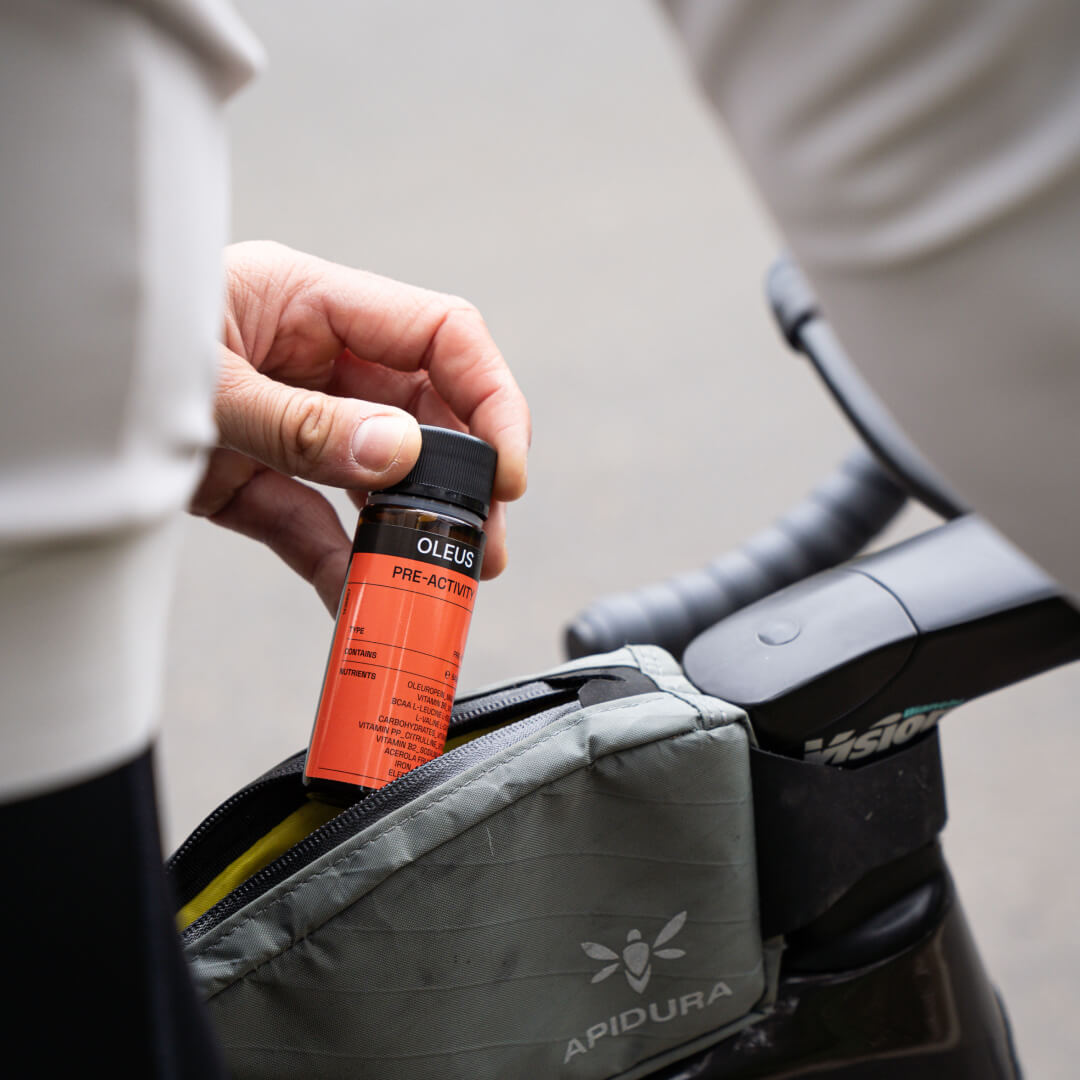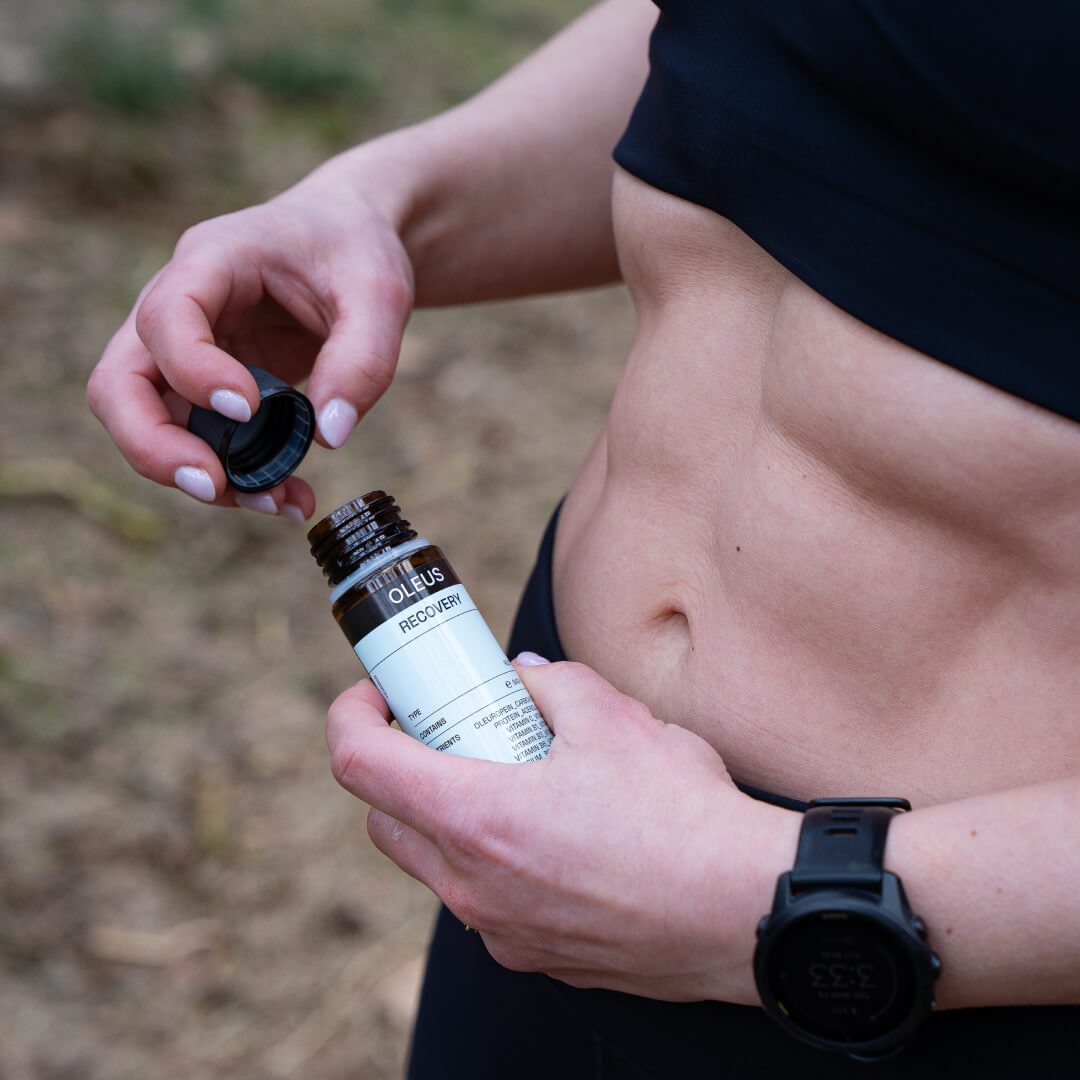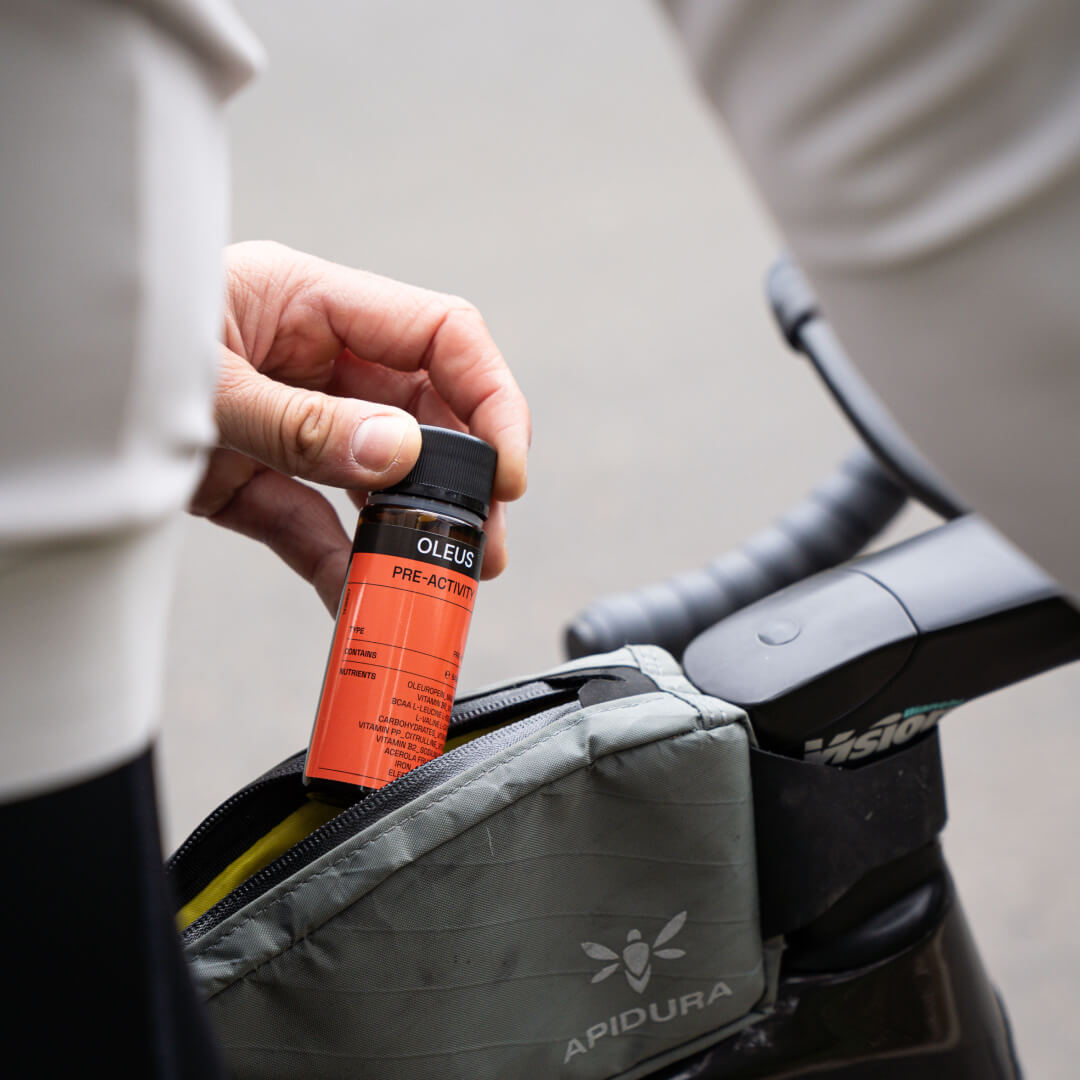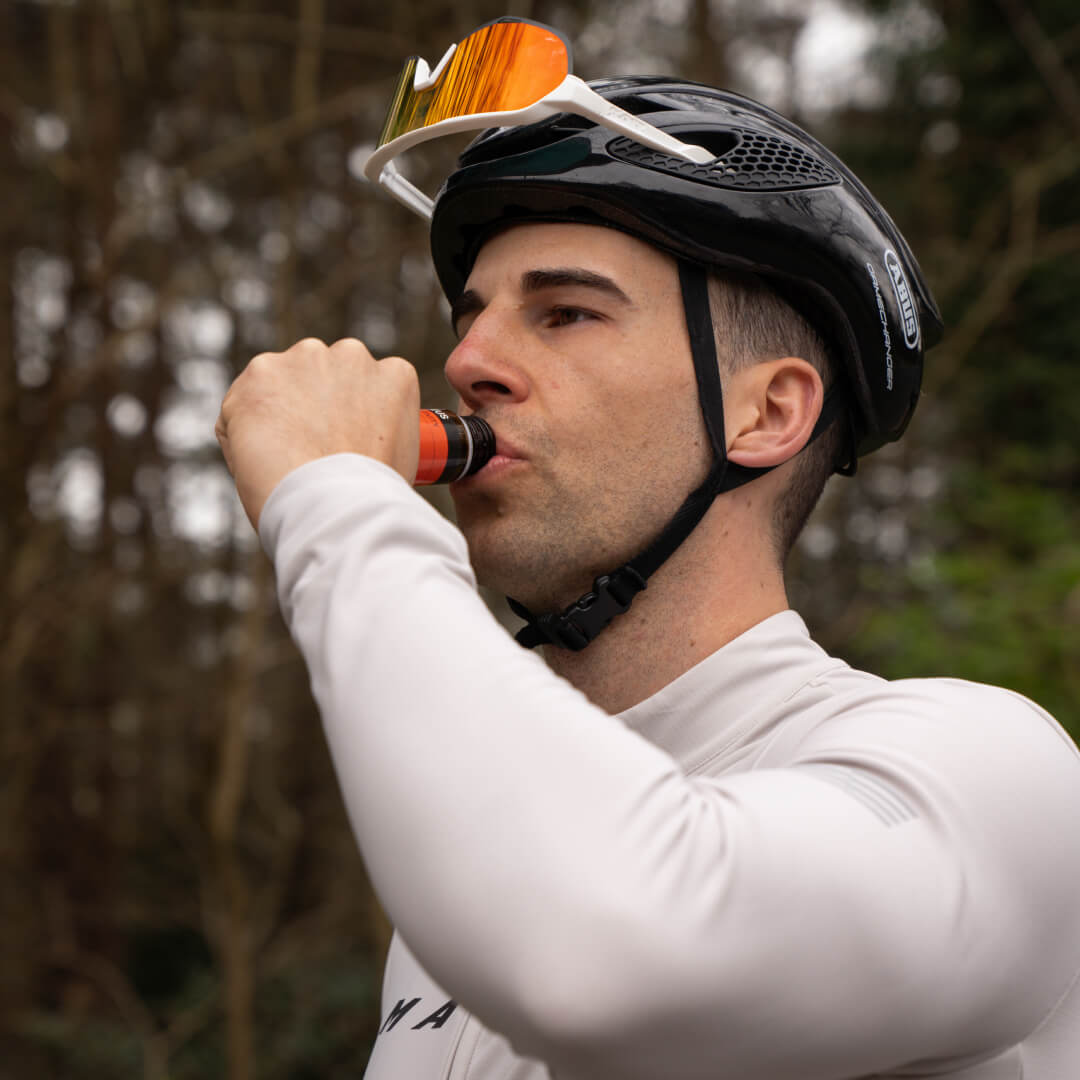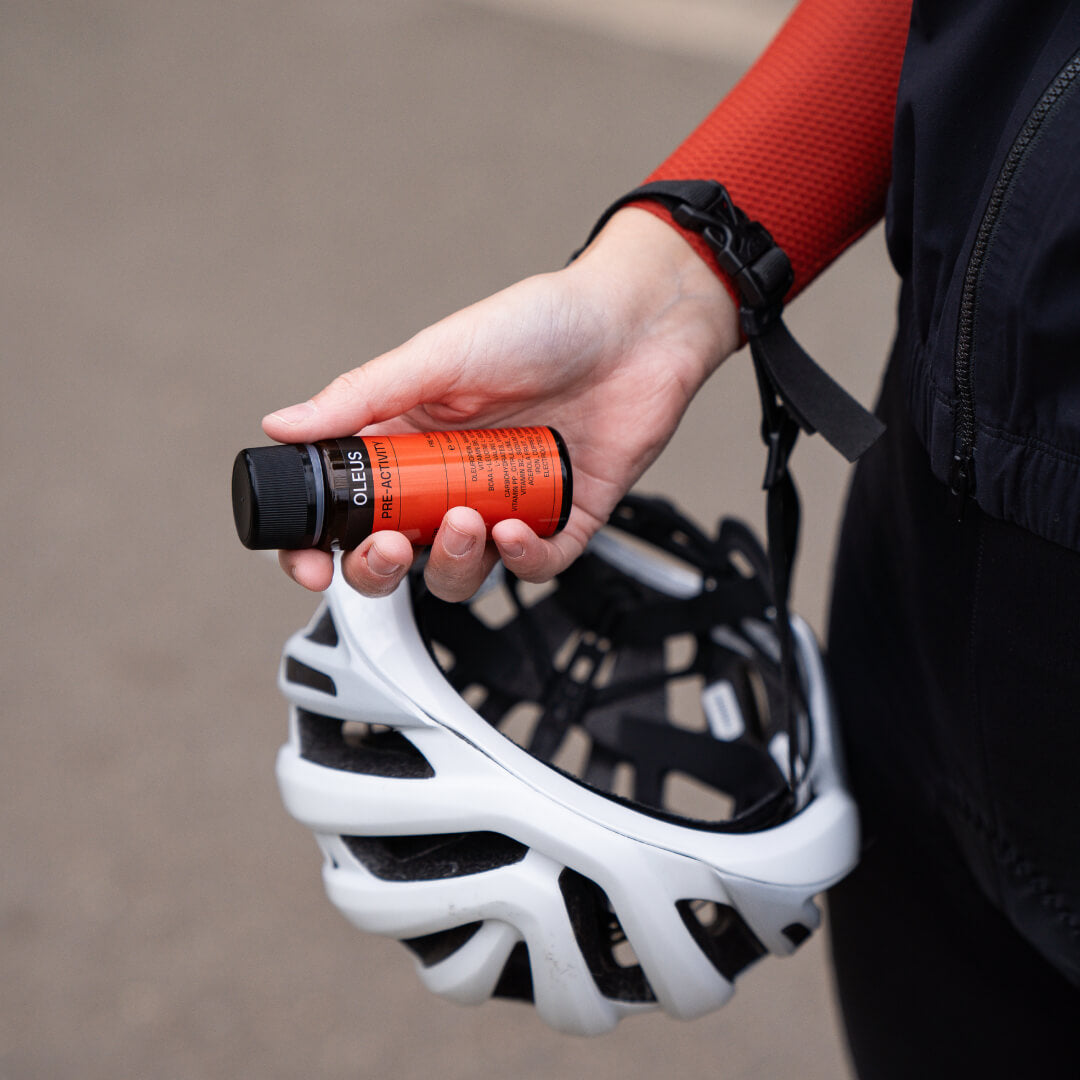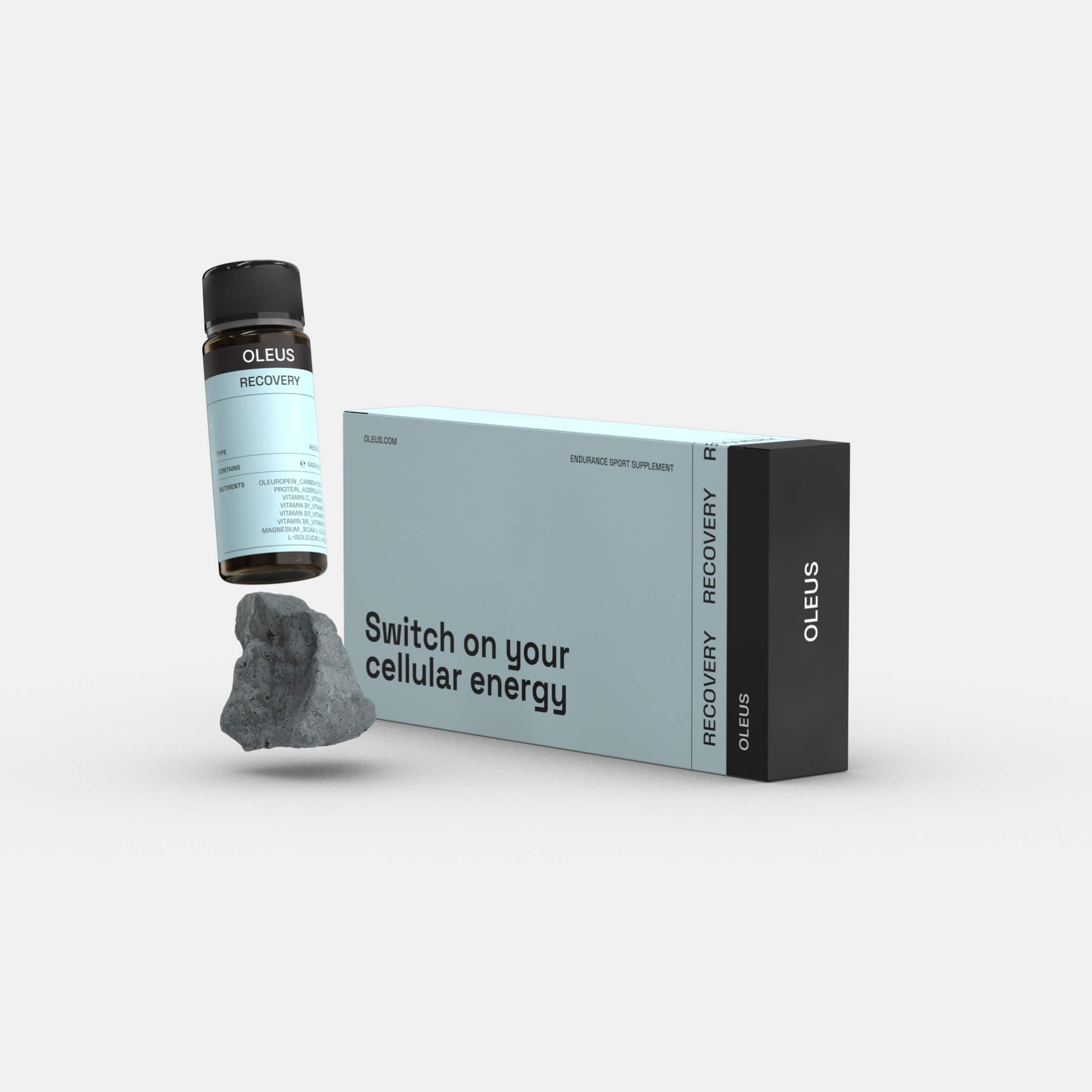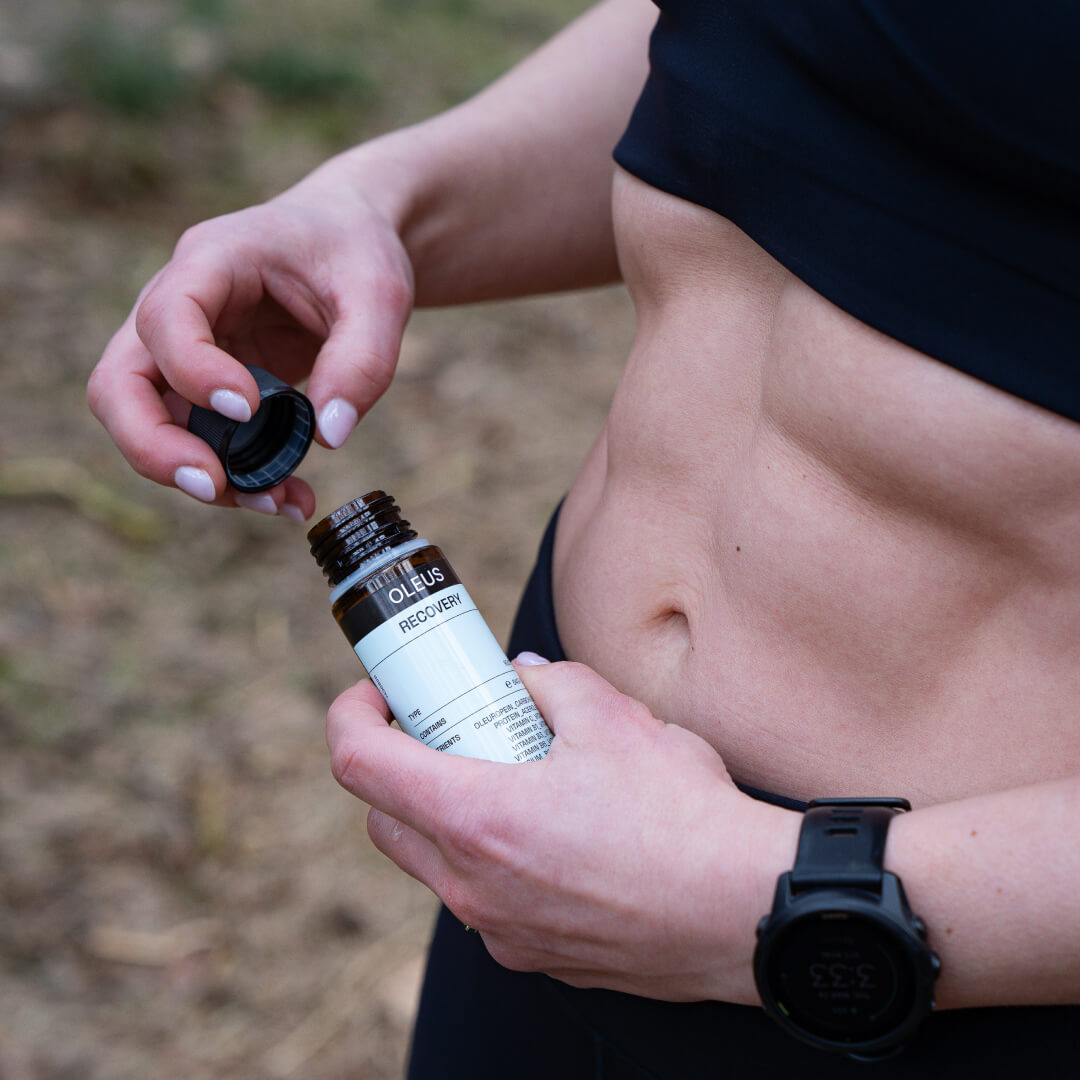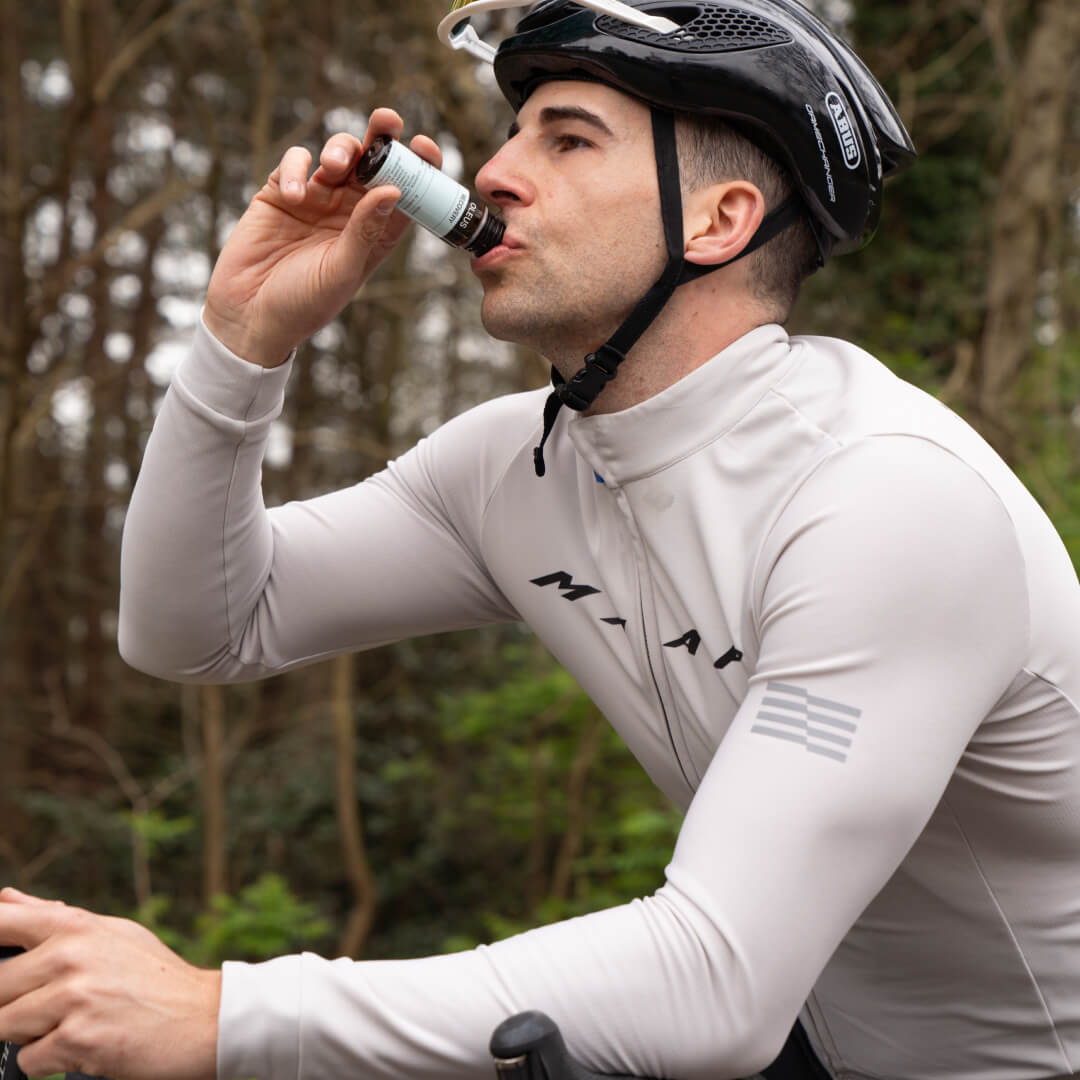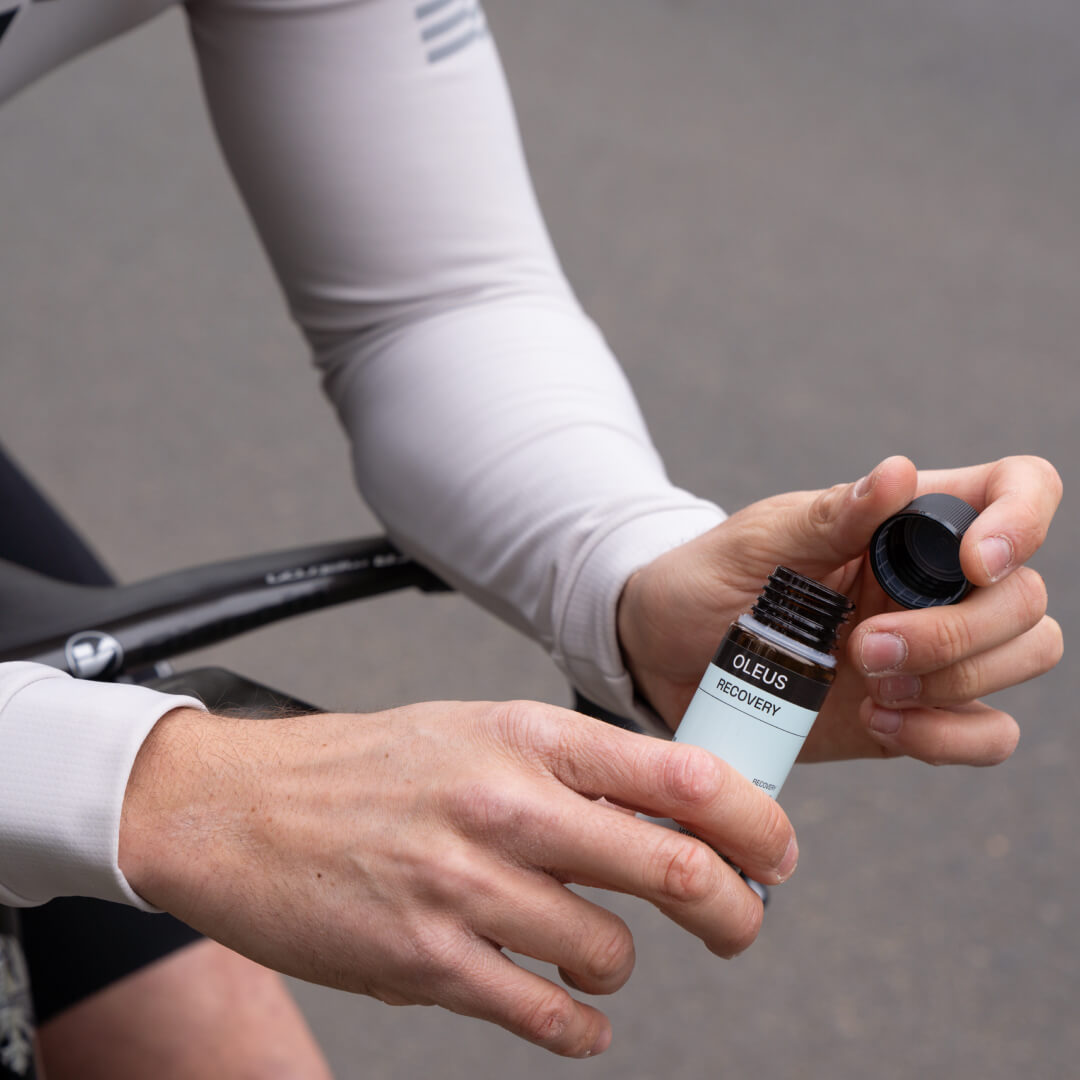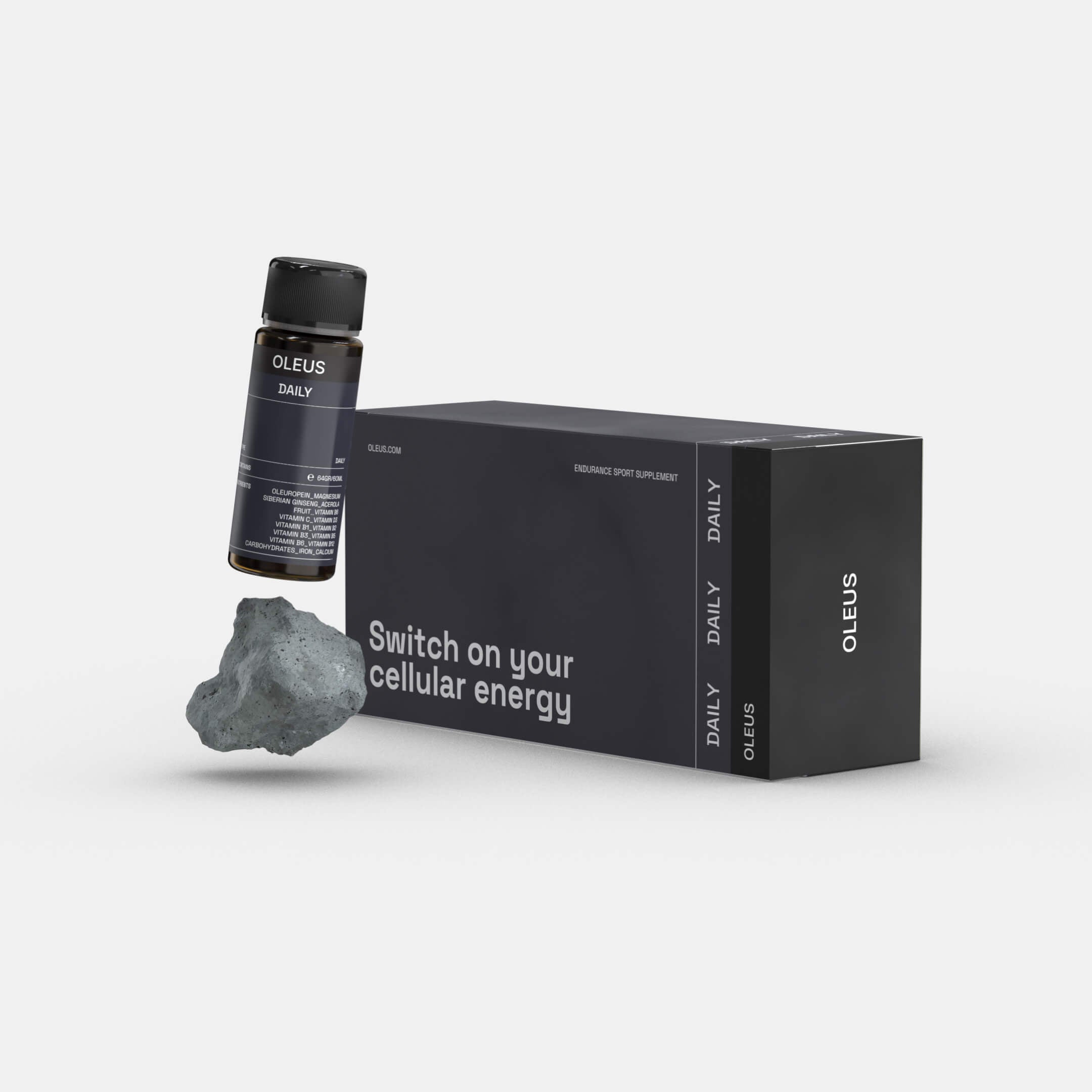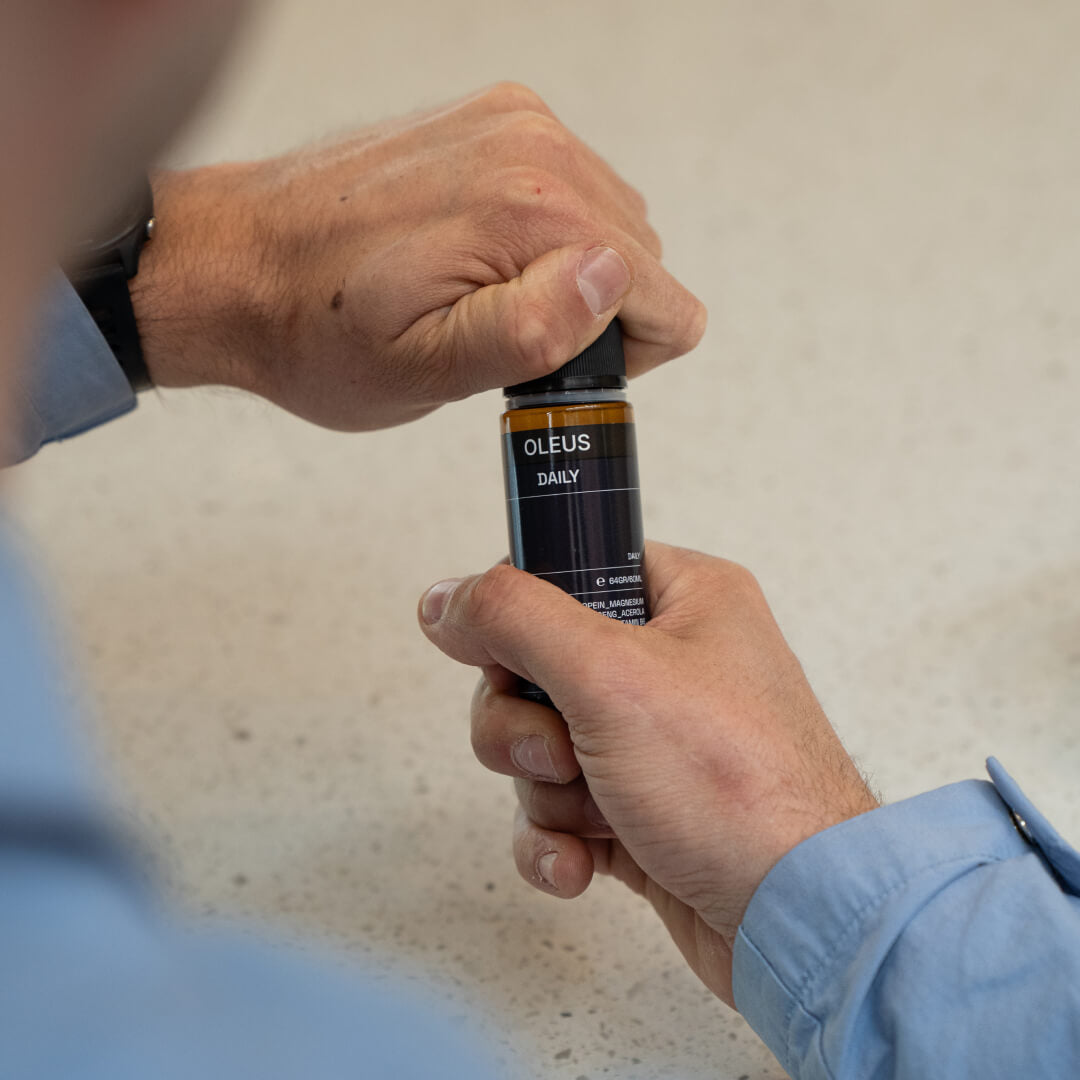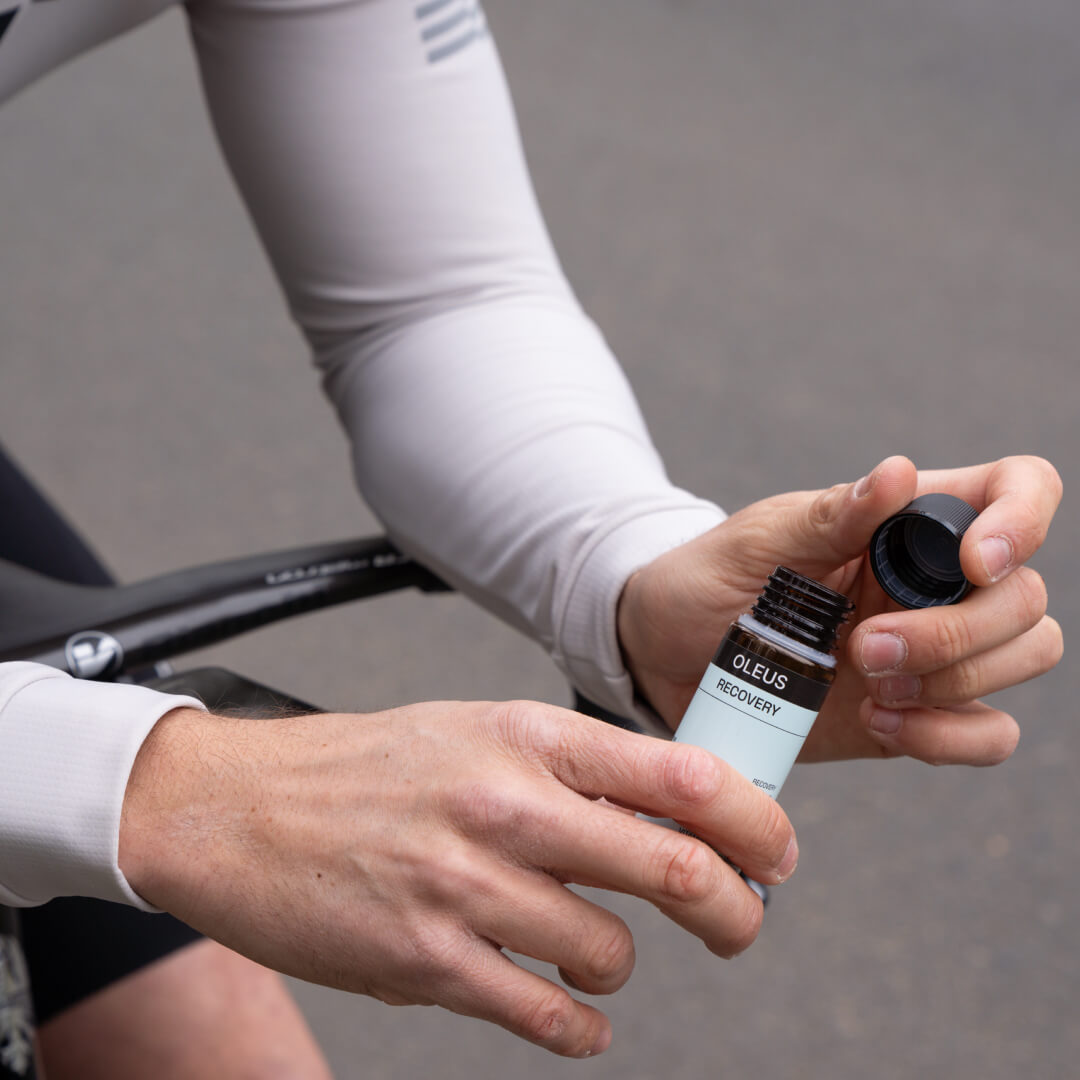The science of energy
Inside your cellular engines
Cells are the engines that turn our fuel into energy for endurance sports. Let’s look under the hood of our cellular engines and into the mitochondrial motors that power performance. Science calls it cellular respiration. We prefer to call it cellular energy production.
STEP 1
The fuel
When you eat your energy bar or chug your sports drink, your digestive system breaks it into glucose and other nutrients, which enter the bloodstream. Muscle cells take in this glucose, along with the oxygen from the air we breathe, much like a car engine takes in fuel. But to turn this fuel into energy that can be used by the muscle, the cellular engines need to get to work on it. How well they perform their job will affect how much energy we have to use.
STEP 2
The spark
Once the fuel is in the cell, it needs to be primed for conversion into cellular energy. In a car engine, the piston compresses the air-fuel mixture to prepare it for ignition. In the cell, glucose is broken down into smaller molecules. And just as the spark plug ignites the compressed fuel to start the engine, a small spark of ATP energy starts the chain of reactions that will lead to the creation of ATP energy.
STEP 3
The mitochondrial motors
The motors that power the cell are the mitochondria within them. Inside each muscle cell, thousands of mitochondrial motors turn the processed fuel into pure performance energy the muscles can use. These guys might look like bubbles, but they’re actually V16 quad-turbocharged beasts, pumping out pure performance energy at several thousand RPM. The processed fuel flows through the inner membrane of the mitochondria like petrol entering a cylinder, where it is divided into flows of electrons and protons.
STEP 4
The tiny turbines
The inner surface of the mitochondrion is packed with thousands of tiny turbines, called ATP synthase. These whirring turbines are the machines that create ATP energy. The proton stream flows through the base of the turbine, spinning the motor, which turns the head of the turbine. Studies have measured the speed of this rotation at several thousand RPM. Every turn of the turbine churns out the ATP molecules, which emerge from the mitochondria in a flow of energy.
STEP 5
The power to perform
This ATP energy flows into the muscle fibre to power its contractions. When a muscle contracts, ATP is broken down, releasing energy, which is then used to power the muscle’s movement. As with other vital processes, like the cardiovascular system, our cellular fitness effects our performance. Especially when it comes to endurance exercise. The more intense the exercise, and the longer we go, the more ATP is required, and the harder the mitochondrial motors need to work to keep up with the demand.
STEP 6
The performance enhancer
OLEUS Energy Shots are designed to enhance cell energy metabolism² through every stage of performance. Like a turbocharger in an engine, OLEUS can spark your energy production at the mitochondrial level⁴, giving muscles a +6h boost in performance¹, while maintaining energy and general vitality⁴ over time, so there’s more there to boost when you need it.
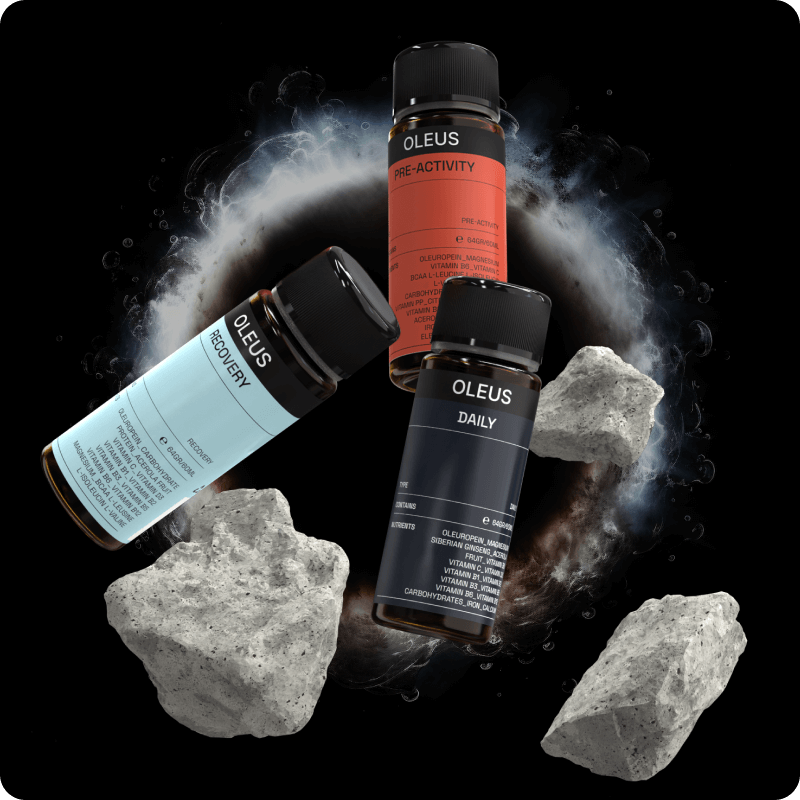
Three products for each phase of your cellular performance


